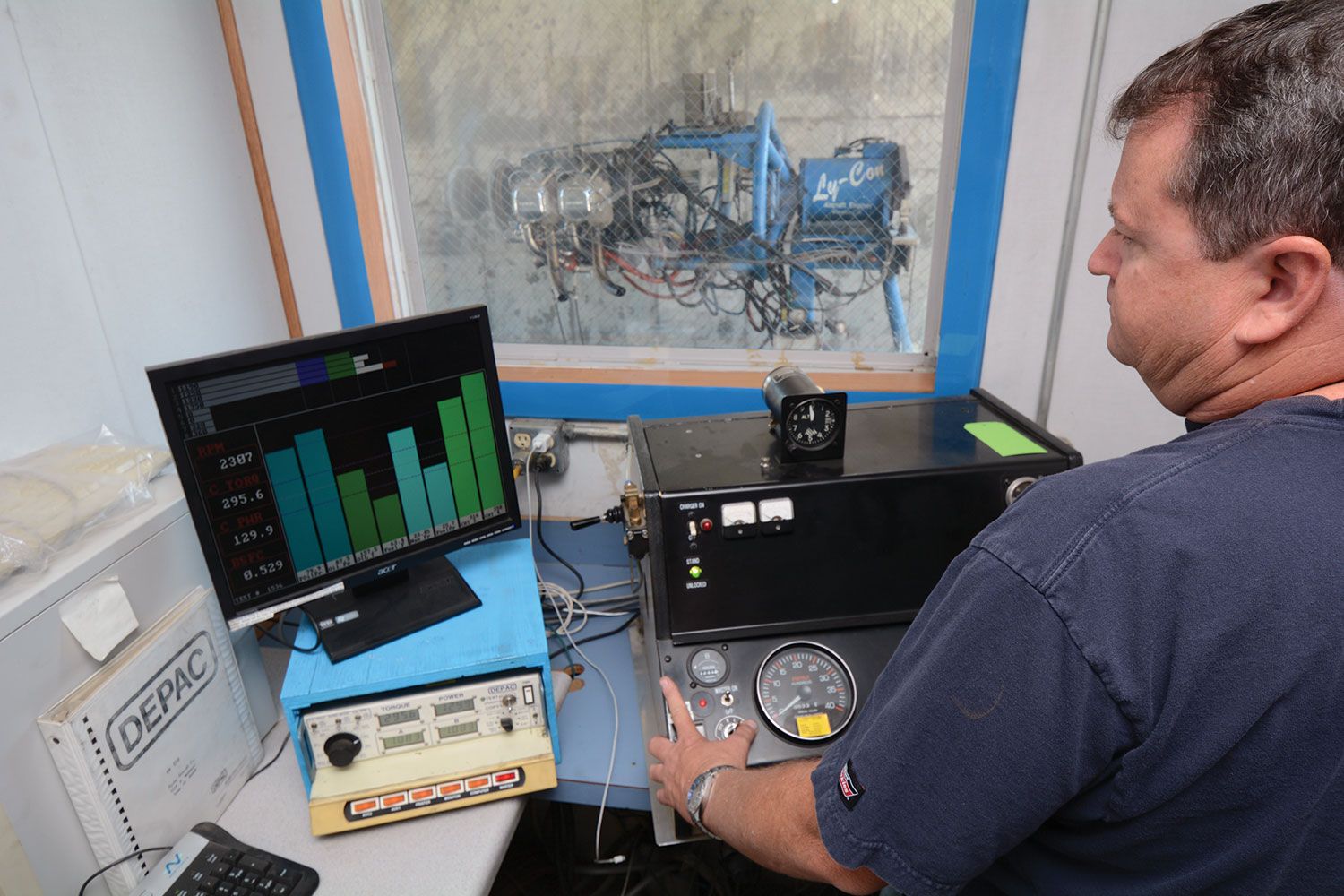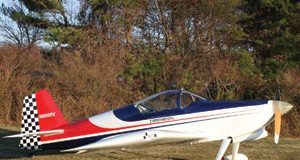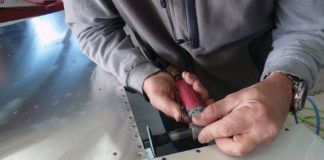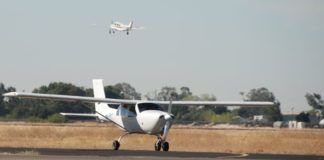 Running a new engine on a test stand or, especially, a dyno, makes so much sense we don’t know why everyone doesn’t do it. OK, it costs $1,000 or more for a 3-hour break-in, but you end up with a proven, leak-free engine when it comes time for the first flight in your new airplane. Sign us up.
Running a new engine on a test stand or, especially, a dyno, makes so much sense we don’t know why everyone doesn’t do it. OK, it costs $1,000 or more for a 3-hour break-in, but you end up with a proven, leak-free engine when it comes time for the first flight in your new airplane. Sign us up.
Many shops have a simple test stand where they can run the engine, but the ideal is a dyno where the engine is run under load (as if on the airplane) and engine power recorded.

Besides validating the new engine is ready for flight—before your rump is in the seat—a dyno break-in gets around the problem of what’s good for a new engine and what’s good for the new airframe being at cross purposes. The engine absolutely needs to run hard against a load for an extended time to break in the rings while the airframe should be taken in the air in short, low-power flights. So break in the engine in safe, controlled conditions on a dyno and enjoy that short first flight that much more.
Back to the 2024 Engine Buyer’s Guide Index














Where can I find a company that will break in an engine with the Dymo?